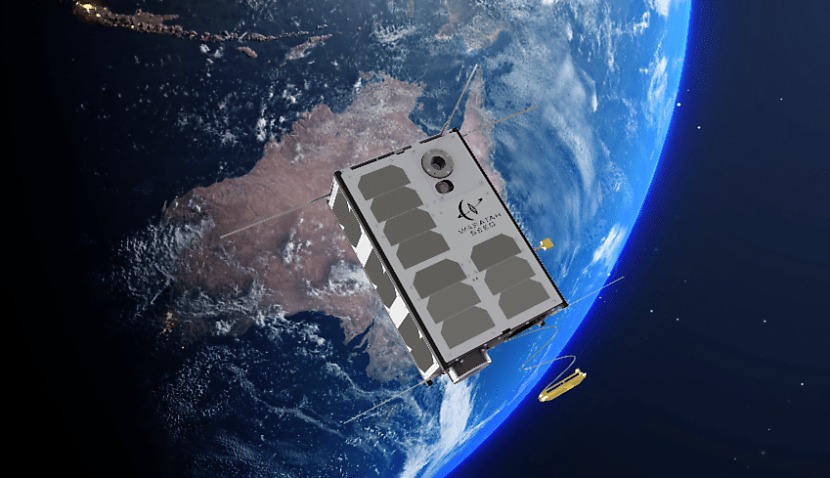
In an update, the consortium hailed the mission as being overwhelmingly successful and said “discussions are underway” to gauge interest in a second launch.
The two remaining payloads – from Spiral Blue and Sperospace – are “not yet” fully operational but are drawing current, leaders said.
“We have brought six space start-ups, three universities and multiple companies into space together for the first time, well beyond what we, the NSW government and our funders hoped for,” said Professor Iver Cairns, the project’s director.
“We look forward to more successes for Waratah Seed and other Australian space projects.”
The Waratah Seed Space Qualification Mission is a NSW government-funded initiative delivered by the University of Sydney.
It is carrying tech from five competition-winning NSW space start-ups as well as technology from commercial clients. It blasted off in August last year onboard SpaceX’s huge Transporter-11 mission.
Of the five Waratah Seed Payload Competition winners on board the Waratah Seed-1 (WS-1) satellite, three technologies have now demonstrated their space readiness: EurokaPower, ExtraTerrestrial Power and Dandelions.
All the payloads from academic and commercial partners, meanwhile, are operational and sending data files. Those payloads are from Matilda, Harry3, SPaDeS and EPM.
“The Waratah Seed WS-1 satellite’s primary mission is to engage NSW-based space technology start-ups to fly with the mission at a reduced cost, enabling them to test and demonstrate the viability and space-readiness of their technology,” the project said.
“This space heritage is essential to gaining investment and export opportunities for new technology.
“Other mission objectives are to gauge interest in ride-share missions for Australian companies and research organisations for research purposes and as ‘demonstrators’, to test new or new versions of space technology, to raise awareness of the NSW space ecosystem, and to support the development of space technology with the potential for manufacturing and/or export.”
The Waratah Seed Consortium is a partnership between the ARC Training Centre for CubeSats, UAVs and their Applications (CUAVA), centred at the University of Sydney, the Australian Centre for Space Engineering Research at the University of NSW, Delta-V NewSpace Alliance, Macquarie University, Saber Astronautics, and the University of Technology, Sydney.
The Waratah Seed’s WS-1 mission is supported by the NSW government through Investment NSW’s Pilot Space Qualification Mission Grant.
Other key stakeholders and funders of the mission are SmartSat CRC, SmartSat - NSW Node and SmartSat’s Aurora Space Cluster, and the University of Sydney, providing co-funding for several payloads and launch of the Waratah Seed’s WS-1 mission.
SpaceX’s Transporter-11 mission, meanwhile, carried 116 payloads, including CubeSats, MicroSats, and an orbital transfer vehicle. Other local projects onboard included CUAVA-2 and Kanyini.
It was followed by Transporter-12 last month, which payloads by Fleet Space Technologies as well as the Varda capsule set to soon touch down at Southern Launch’s Koonibba Test Range.

Adam Thorn
Adam is a journalist who has worked for more than 40 prestigious media brands in the UK and Australia. Since 2005, his varied career has included stints as a reporter, copy editor, feature writer and editor for publications as diverse as Fleet Street newspaper The Sunday Times, fashion bible Jones, media and marketing website Mumbrella as well as lifestyle magazines such as GQ, Woman’s Weekly, Men’s Health and Loaded. He joined Momentum Media in early 2020 and currently writes for Australian Aviation and World of Aviation.
Receive the latest developments and updates on Australia’s space industry direct to your inbox. Subscribe today to Space Connect here.









